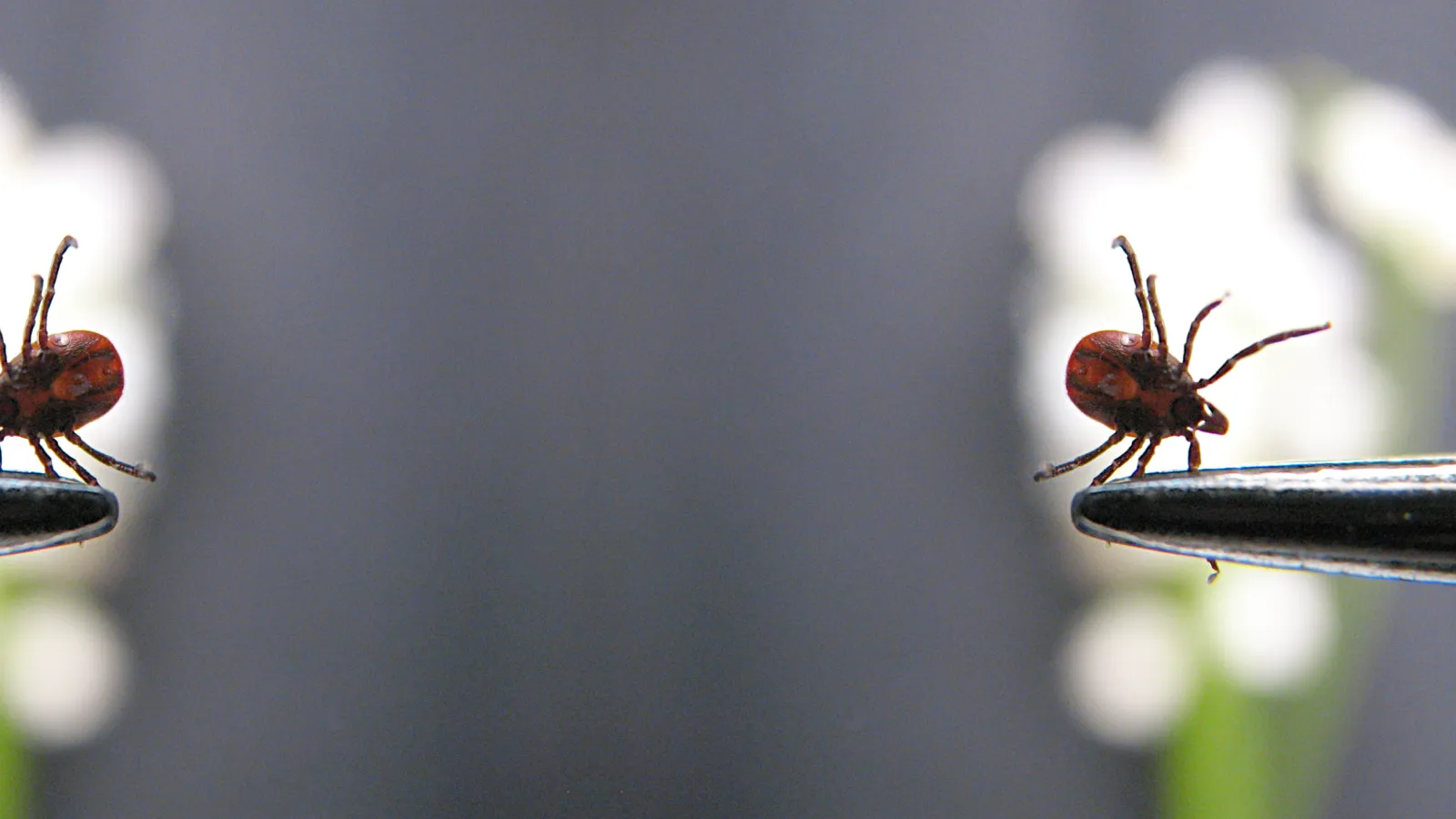
Ticks
Latin Name: Ixodida
If you've ever taken a stroll through the woods or in an area with high grasses, you or your pets may have come out with an unwanted hitchhiker: a tick. There are nearly 900 species of ticks around the world. We are willing to bet that you aren't interested in serving as a host to any of them.
Ticks are a part of the arachnid family and undergo a four-part life cycle: egg, six-legged larva, eight-legged nymph, and fully-fledged adult. To progress from one stage to the next, ticks require a blood meal. Although females can lay thousands of eggs at a time, very few reach adulthood. The process takes up to three years, and most of them die because they cannot find a host for their next meal.
Ticks locate their hosts by scent, body heat, and vibrations. They will find well-trodden paths and rest on plants at the edge, waiting for a host to come near. The ticks will grasp the plant using their third and fourth pairs of legs; their first set will be outstretched and waiting for a host to pass by. This position is called "questing," and it is an effective ambush method.
Once the tick finds a host and latches on, the feeding process can take several days. Some ticks have barbed proboscises to help them stay attached, while others secrete a temporary cement-like substance. After they have finished feeding, they will usually drop off and prepare for the next stage of life.
If the host has any pathogens in their blood, the tick will absorb them. Likewise, a small amount of the tick's saliva may enter the host. This is how ticks spread diseases like Lyme and Ehrlichiosis.
If you find a tick on yourself or one of your pets, remove it as soon as possible using tweezers. Should you develop a rash or fever in the next week or two, visit your doctor and alert them to your exposure to the tick.
For information on pest management, contact the experts at PestNow. We offer free pest inspections.